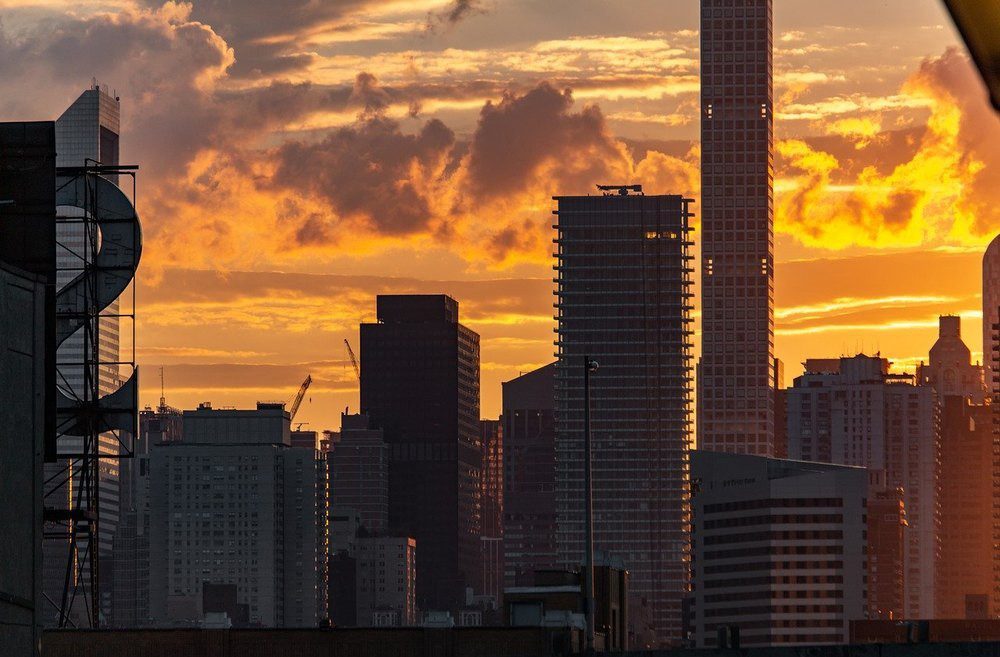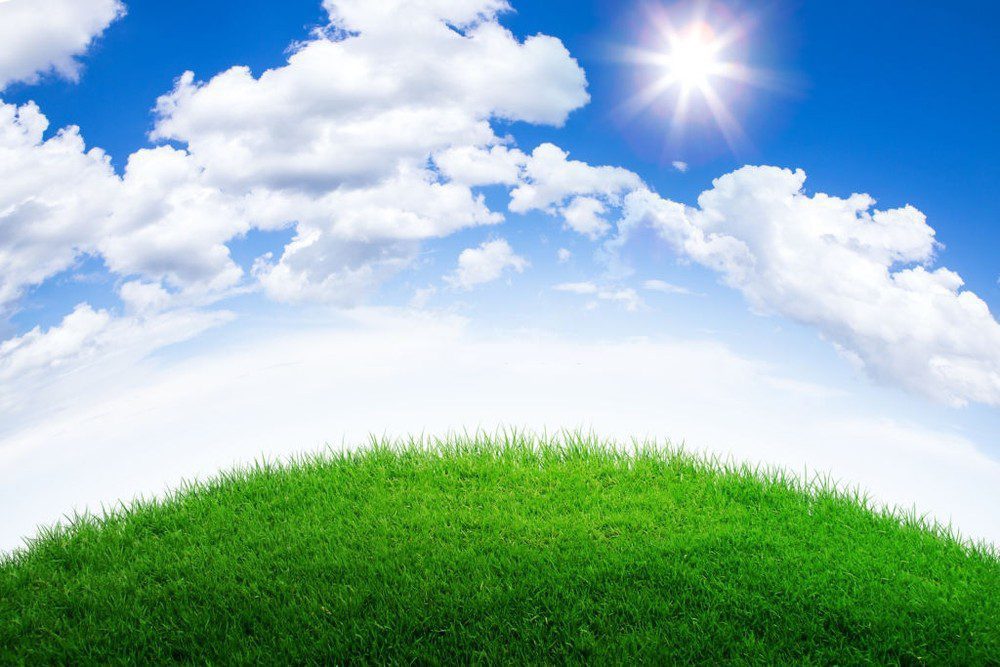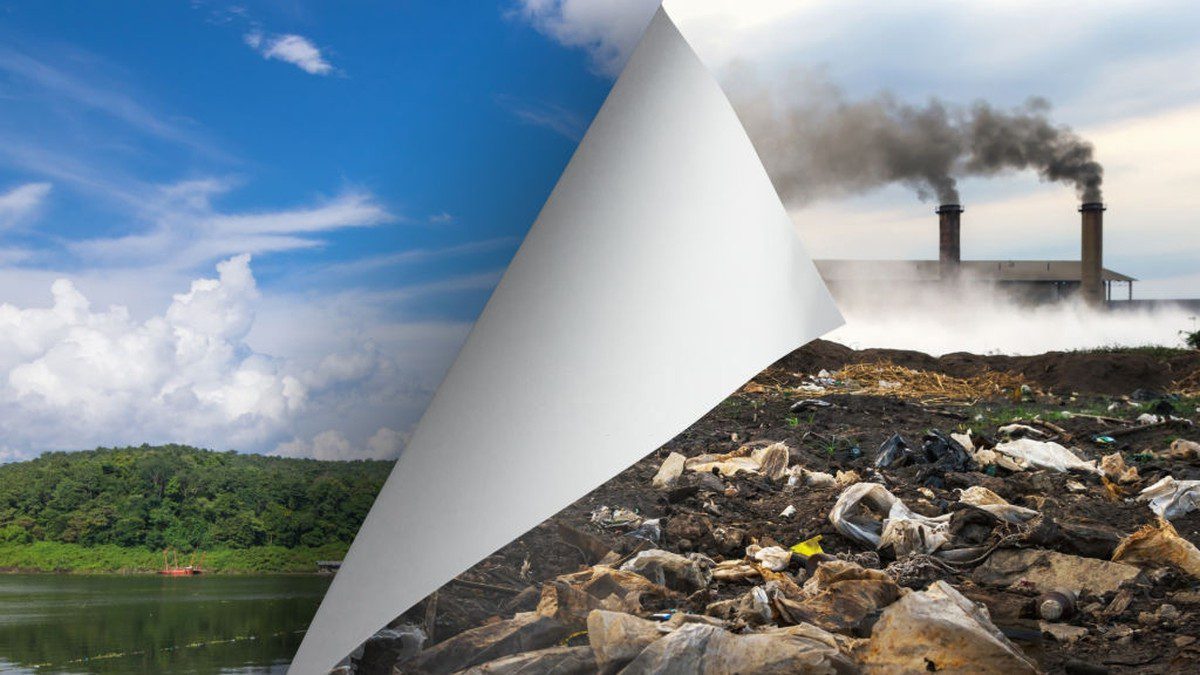A pandemic that no one could imagine would be able to impact the world the way it has changed lives across the world. India with experience from other affected countries took a stringent approach of a nationwide lockdown since March 24 to control the coronavirus outbreak.
The decision was unpreceded as the same resulted in a large country with a huge and crowded economy coming to a standstill. Almost all manufacturing processes and economic activities including people’s movement came to a halt.
The likes of which the world has never seen before. It finally resulted in easing the release of industrial waste and vehicular population on the environment.
As a testimony to the positive impact of these toxic waste produced by human activities that are the source of the majority of pollution and toxicity in the environment, the world becomes cleaner in all aspects.
A huge improvement in the air quality of cities in India

The biggest proof is the ranking of the World Air Quality Index by IQAir. According to the daily global pollution tracker, none of the Indian cities make it to the list of top 20 polluted cities in the world. Please note that this is a live data and Delhi sometime does feature in the list but at the time of writing the articles, there was none.
Even with Delhi sometimes popping up in the list the absence of other cities is a rare event.
This becomes more important as India has imposed one of the most stringent lockdowns in the world. This is showing the impact on the environment too.
Previously, almost two-thirds of the world’s most polluted cities were in India by the end of February this year. And about a year ago, 15 out of the World’s Top 20 most polluted cities were in India.
While the intention of the lockdown was to control the spread of the novel Coronavirus in India, some gains to the environment are now being witnessed across the country. Visuals from around the country show rare animals and birds appearing, mountain ranges becoming visible from cities due to clear skies.
Moreover, water bodies are also renewing under the absence of human activities. The Yamuna was recently spotted clean like never before throughout its path. The water of holy river and lifeline of India, Ganga has even become fit for drinking, the city of Mumbai was able to spot dolphins off the coast, a rare sight in the pollution laden water.
While most areas in the world saw similar results, none is as impactful as observed in the Indian cities. Cities that are not under lockdown and have resumed manufacturing processes are clearly topping the list now.
A semi-healed China has 7 of its cities in the top 20. These include cities like Shenyang, Beijing, Hangzhou, Guangzhou and the Coronavirus epicenter Wuhan where normalcy is returning.
Will the trend continue when the lockdown is lifted?

The thing to note here is that while most of the world sees a good AQI in the ongoing times, most of the cities regularly had such pleasant air quality to begin with.
Only in the Indian cities was the case of dangerous air pollution levels recorded before the lockdown. And while India is definitely breathing cleaner air than before, if you look at the World Air Pollution by WAQI you’ll see that not all paint a rosy picture.
Most of the Indian cities as per the WAQI map show a good to moderate air quality index right now. The green and yellow markers (respectively), however, are also accompanied by almost comparable orange ones that indicate an unhealthy air pollution level in the region. Some are still dotted by frightening dark red ones indicating a hazardous level of air pollution.
The former pleasing indicators are anticipated to again be replaced by the darker ones as the lockdown gets over and the manufacturing processes begin, mobility resumes and corporate infrastructure starts buzzing again.
This means that the respite from the high air pollution levels due to the Coronavirus lockdown is welcome but temporary. To maintain the current AQI levels in the Indian cities, strong steps will have to be taken to ensure minimal air pollution through human activities and a higher air recovery rate through widespread greenery in the country.



